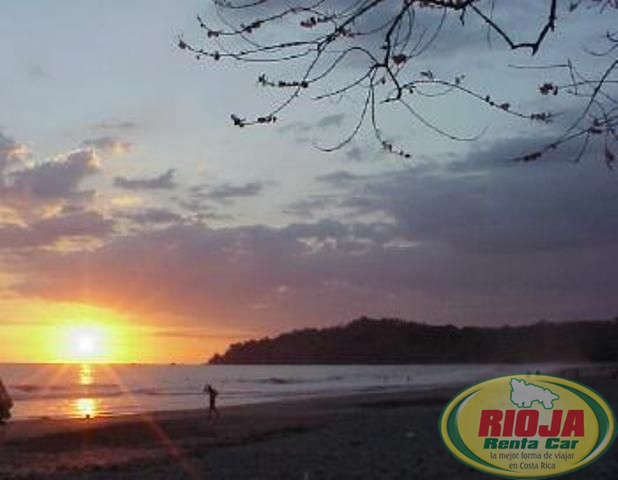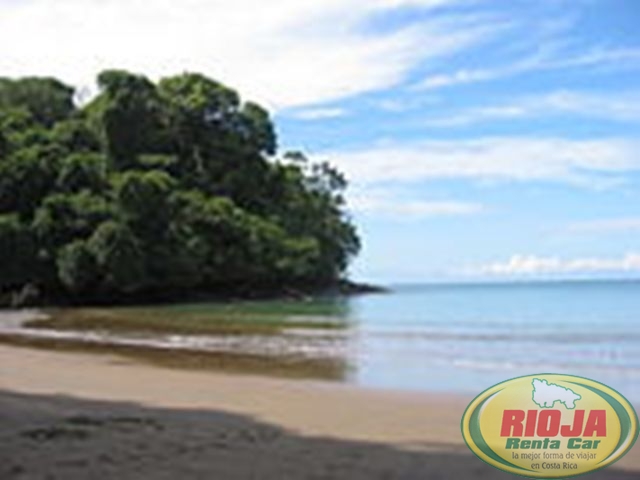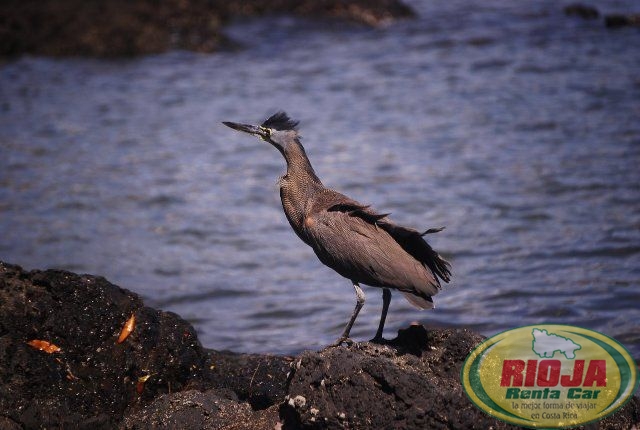


Can be accessed by the following route: Liberia- Guardia- Filadelfia- Huacas- Matapalo- Playa Grande- Playa Ventanas. There is paved road up to Mata Palo
Can be accessed by the following route: Liberia- Guardia- Filadelfia- Huacas- Matapalo- Playa Grande- Playa Ventanas. There is paved road up to Mata Palo. Playa Carbón yVentana are part of Las Baulas National Park which also protects Playa Grande, an ample coastal area. From the westside of Playa Grande, Playa Ventanas and Playa Carbón can be reached. Also Cerro El Mono can be climbed being bordered by plattforms and rocky cliffs, in which in low tide, it is possible to observe colorful small fishes.
The beach at Playa Grande is where the leatherback turtle comes to lay its eggs. This sea turtle can measure up to 2,5 metres and weigh around 700 kilos. Unlike other turtles, this species has no hard shell, but rather a black, leathery skin with ridges running lengthwise. It is the epitome of a nomad and its favorite food is the poisonous jellyfish. Like all other sea turtles, the leatherback spends its life in the warm, tropical seas, coming ashore only when the females nests. The leatherbacks take over the beach from November to April. They dig their nests one metre deep, lay their eggs and cover the pit with sand, returning once again to the sea. After 60 to 90 days, tha hachlings emerge and immediatley make their way back to the water. Along the treacherous path, which measures only a few metres, they are easy pray for crabs, seabirds and various mammals, which means only a few of them are able to survive. Sometimes Pacific ridley turtles also arrive to nest as they do at Santa Ana and Corcovado National Park.

 English
English






